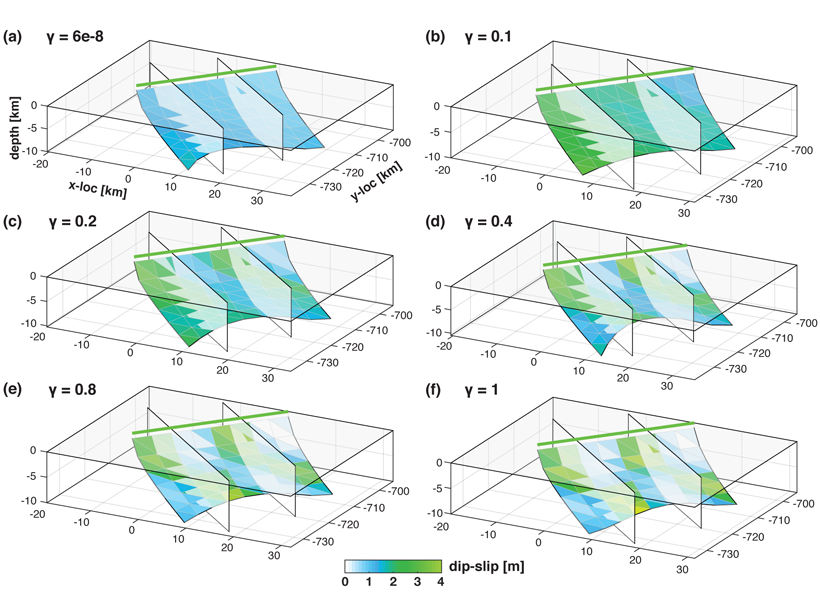A five-year time series from radar satellite imagery tracks surface slip on major faults in the San Francisco Bay Area, capturing subtle velocity variations and controlling factors.
Cécile Lasserre
Associate Editor, JGR: Solid Earth
Posted inEditors' Highlights
New Inversion Method Improves Earthquake Source Imaging
A new method uses Bayesian inference to jointly invert for non-planar fault geometry and spatially variable slip (with associated uncertainties) in earthquake source modeling, based on geodetic data.


